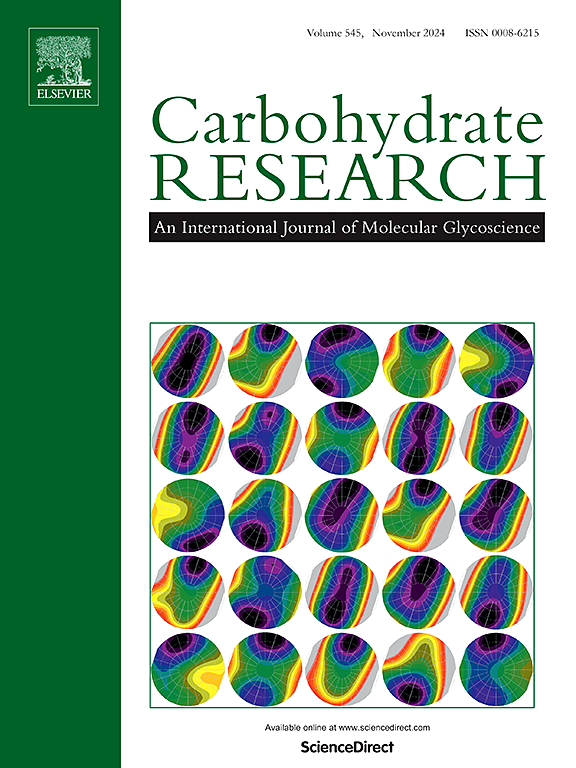海洋多糖水凝胶在促进伤口愈合中的应用前景综述
IF 2.5
3区 化学
Q3 BIOCHEMISTRY & MOLECULAR BIOLOGY
引用次数: 0
摘要
伤口愈合延迟容易引起细菌感染、持续性炎症和组织修复障碍,严重降低患者的生活质量。有必要开发新的创面敷料,以满足不同创面的治疗需要。水凝胶由于具有亲水的三维网络和模拟细胞外基质的特性,作为一种有前景的伤口敷料而受到广泛关注。海洋多糖具有良好的生物相容性和保水性,通过分子修饰易于发挥抗菌、抗炎作用,是制备水凝胶的优良基质。本文综述了MP水凝胶在不同创面中的应用进展,包括烧伤烫伤、全层创面、糖尿病创面、压疮创面、肿瘤术后创面以及其他恶劣环境创面。展望了MP水凝胶在伤口愈合中的未来发展方向,为新型伤口敷料的开发提供指导。本文章由计算机程序翻译,如有差异,请以英文原文为准。

Application prospect of Marine polysaccharide hydrogels in promoting wound healing: A review
Delayed wound healing is prone to cause bacterial infection, persistent inflammation and tissue repair disorders, which seriously reduce the life quality of patients. It is necessary to develop new wound dressings to meet the treatment needs of different wounds. Hydrogels have attracted extensive attention as promising wound dressings due to their hydrophilic three-dimensional network and the characteristics to mimic extracellular matrix. Marine polysaccharides (MP) have favorable biocompatibility, water retention and are easy to exert antibacterial, anti-inflammatory effects through molecular modification, making them excellent matrices for hydrogels. Here, we review the application progress of MP hydrogels in different wounds, including burns and scalds, full-thickness wounds, diabetic wounds, pressure ulcers, tumor postoperative wounds, and other wounds in harsh environments. The future development direction of MP hydrogels in wound healing is prospected, which will provide guidance for the development of novel wound dressings.
求助全文
通过发布文献求助,成功后即可免费获取论文全文。
去求助
来源期刊

Carbohydrate Research
化学-生化与分子生物学
CiteScore
5.00
自引率
3.20%
发文量
183
审稿时长
3.6 weeks
期刊介绍:
Carbohydrate Research publishes reports of original research in the following areas of carbohydrate science: action of enzymes, analytical chemistry, biochemistry (biosynthesis, degradation, structural and functional biochemistry, conformation, molecular recognition, enzyme mechanisms, carbohydrate-processing enzymes, including glycosidases and glycosyltransferases), chemical synthesis, isolation of natural products, physicochemical studies, reactions and their mechanisms, the study of structures and stereochemistry, and technological aspects.
Papers on polysaccharides should have a "molecular" component; that is a paper on new or modified polysaccharides should include structural information and characterization in addition to the usual studies of rheological properties and the like. A paper on a new, naturally occurring polysaccharide should include structural information, defining monosaccharide components and linkage sequence.
Papers devoted wholly or partly to X-ray crystallographic studies, or to computational aspects (molecular mechanics or molecular orbital calculations, simulations via molecular dynamics), will be considered if they meet certain criteria. For computational papers the requirements are that the methods used be specified in sufficient detail to permit replication of the results, and that the conclusions be shown to have relevance to experimental observations - the authors'' own data or data from the literature. Specific directions for the presentation of X-ray data are given below under Results and "discussion".
 求助内容:
求助内容: 应助结果提醒方式:
应助结果提醒方式:


